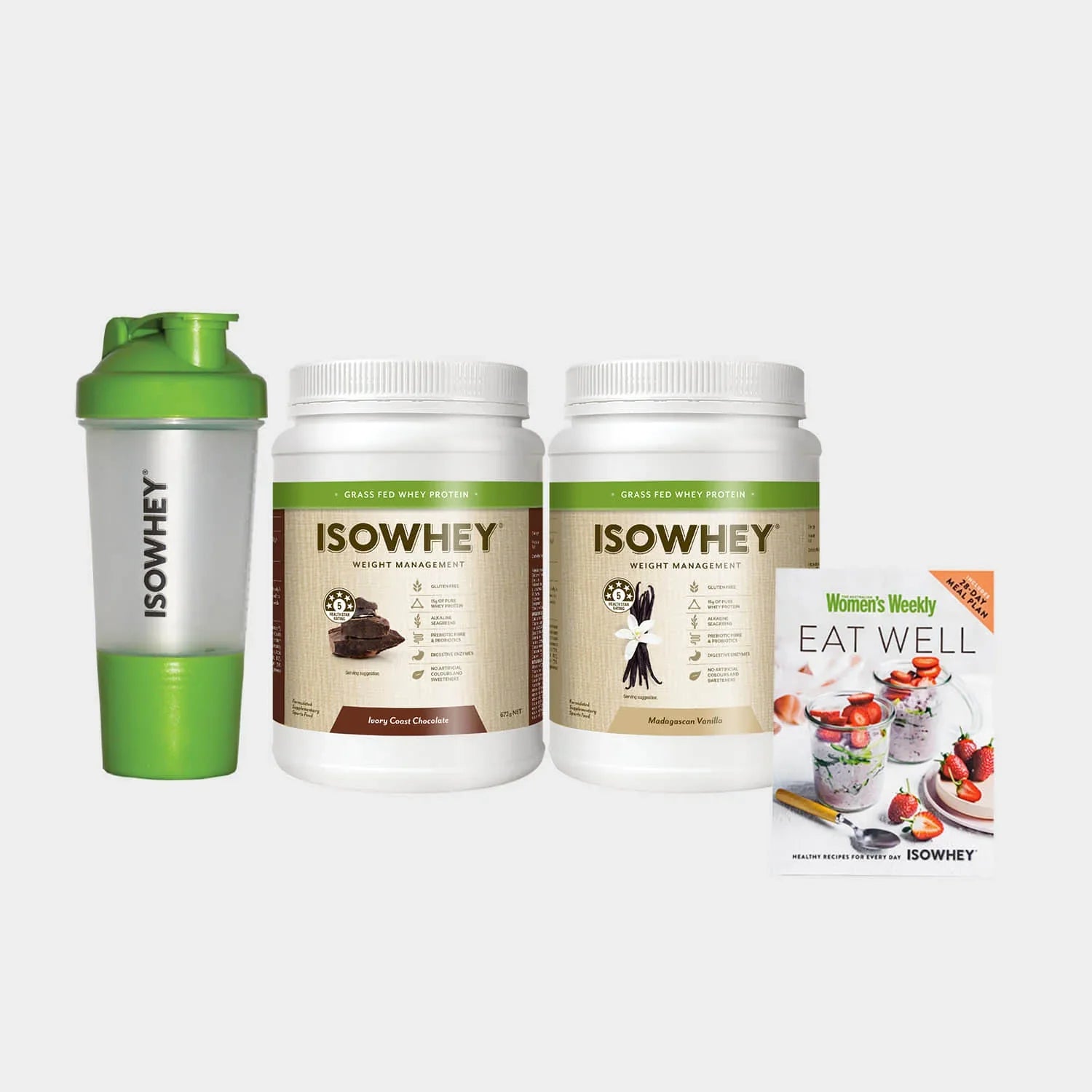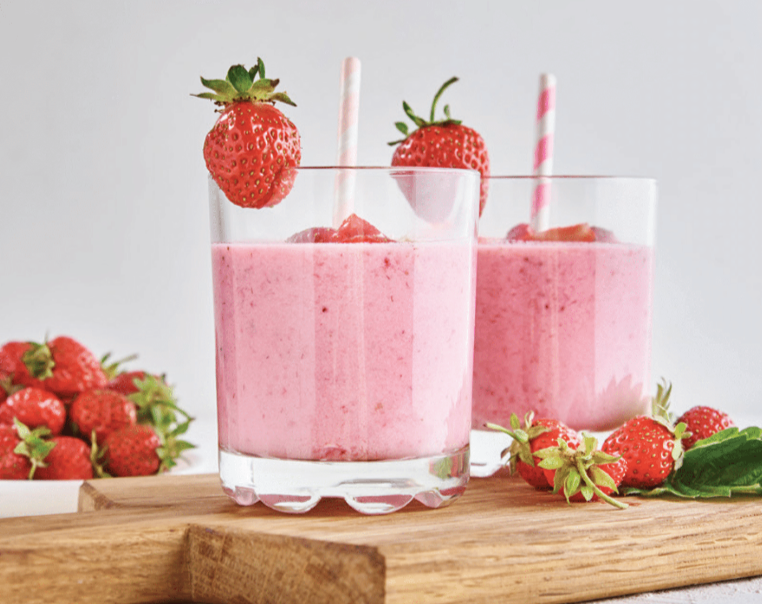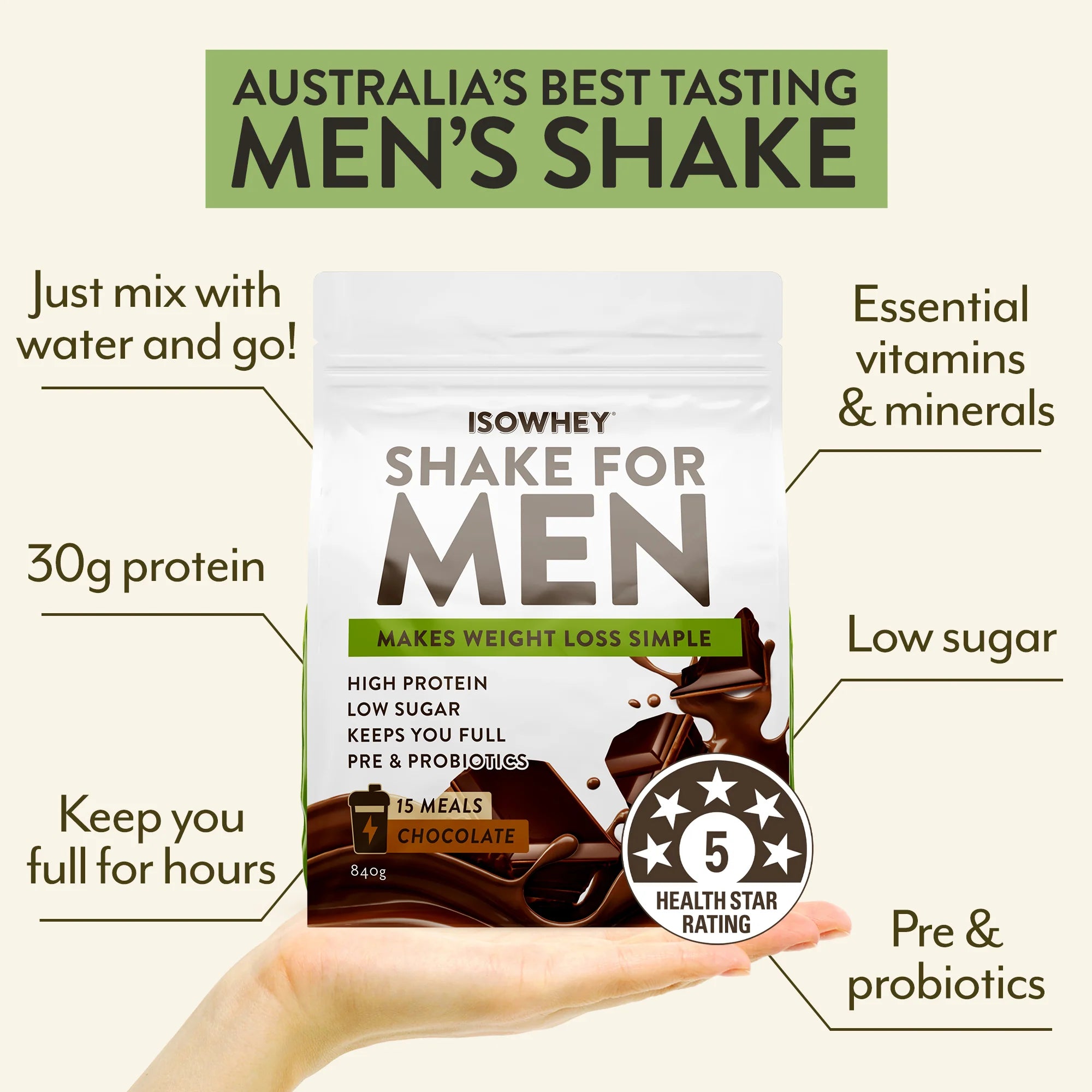Weight loss tips in your 40s
The older you get, the harder it is to lose weight! There’s different tips and tricks for different age groups because our bodies change quite a bit over time, especially over the span of a decade.
Why is it harder to lose weight in your 40s?
For women in particular, the 40s cause dramatic change to the body. It’s around the age where our hormones start to spiral. Hormones are to blame for tricky weight loss at this age! Depending on how far through your 40s you are, menopause could be approaching, and your levels of estrogen, progesterone and testosterone are fluctuating. It’s a lot to go through, and these hormone fluctuations can change your body, you’re likely faced with decreased bone density and lean muscle mass.
Slowed down metabolism
In your 40s your basal metabolic rate (BMR) naturally declines. Having a slowed down metabolism paired with lower estrogen levels is not ideal for weight loss. It’s also when people tend to gain the infamous “middle aged spread” (the fat around your belly). Once again, you can blame your hormones for the accumulated belly fat. If you’re looking for more information on BMR, take a look at our blog BMI vs. BMR here.
We also have a BMR calculator on the homepage of our website! Find it here.
Lean muscle mass decline
After you hit 40, you unfortunately hit the loss of lean muscle mass, it happens when estrogen and testosterone levels decline, thanks hormones! Essentially your body just does not burn as many calories as it did when you were younger. If you’re still in your 30s, have a read of our tips on weight loss tips in your 30s here.
What to do
Your first point of call is to reassess your eating habits. You can’t control your hormones, but you can control your diet. First of all, you’re going to want to eat more protein, your body needs more now! You’re losing muscle mass with age, and extra protein will help preserve the lean muscle mass, maximise the preservation by pairing it with frequent strength training.
Benefits of strength training
Strength training does more than preserve lean muscle mass, it has a range of benefits. Strength training helps to reduce body fat, it can boost your metabolism, increases bone density, and can raise energy levels. Strength training is an absolute win for anyone in their 40s because it targets the problem areas that can become serious health concerns as you age.
At home strength workouts
If you’re serious about preserving muscle mass and helping with the loss of bone density, then it’s a good idea for you to have the following:
- Dumbbells
- An exercise mat
- Resistance bands
Alternatively, use a water bottle for your weights, that way you can choose how heavy/light you want them. Below are some at home strength training ideas
- Lunges: Stand with your feet shoulder-width apart, step forward with your right foot, lowering your hips toward the floor until your right leg is at 90 degrees and your left knee is parallel to the ground. Hold for 5 seconds and repeat.
- Weighted squats: Stand with your feet slightly wider than shoulder-width apart, hold your weights in each hand and lower your hips down into a squatting position. As you stretch back up to the starting position, lift your arms all the way into the air. Repeat 10 times.
- Planks: Lie down on your front, place your forearms on the floor with elbows aligned beneath your shoulders, prop your legs up with your toes. Keep your palms flat on the floor and hold for 30 seconds.
Eat earlier & sleep better
Alongside packing more protein into your diet, eat your meals earlier. You should have about a 3 hour gap between the time you ate your last meal to the time you go to bed. While eating before bed doesn’t have a direct correlation to weight gain, sleep does! Eating too close to bedtime can impact your sleep, and if you’re sleeping poorly then that can lead to weight gain. When we’re sleep deprived, our metabolism slows down, so aim to get your 7-9 hours of sleep every night.
Weight loss vs fat loss
Since you’re in your 40s, your muscle mass is declining, and when losing weight, you’ll want to target fat rather than muscle. You can’t pick and choose which parts of your body the weight falls from, but you can focus on different areas that encourage fat loss. Aim to eat low-carb, high-GI foods, and pair it with cardio. Cardio exercises are great for burning fat without losing muscle. To learn more, check out our blog about weight loss vs fat loss here.
Takeaways
Your body is going through a lot of changes, so you should expect your weight to fluctuate. Focus on fat loss rather than weight loss and choose the right foods.









